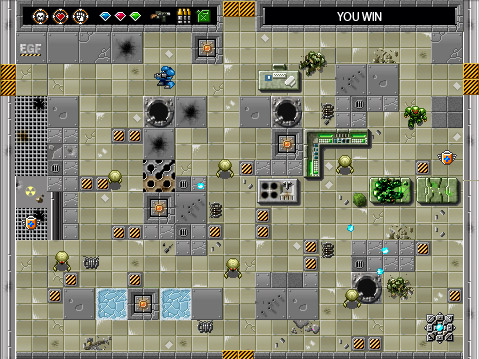In 2013, during a Service Design class, I teamed up with two friends from China on a project that pushed us beyond language and into pure collaboration. The challenge: reimagine the supermarket trolley.
Back then, electric mobility was barely a concept — there were no Segways or electric scooters buzzing around cities. But we wanted to explore how technology could help people carry their shopping effortlessly while integrating movement, storage, and convenience into one product.
Our idea started as a smart electric trolley, a compact system that could assist users in transporting groceries. But as we iterated, sketched, and built mock-ups, it began evolving into something more ambitious — a portable electric vehicle. The concept shifted from a simple utility cart to a foldable electric scooter, blending functionality with freedom of motion.
It wasn’t just an academic exercise — it was a lesson in cultural exchange, creativity, and future thinking. Despite our limited shared language, we found a common one in design. Looking back, that project anticipated the micro-mobility revolution years before it arrived.





